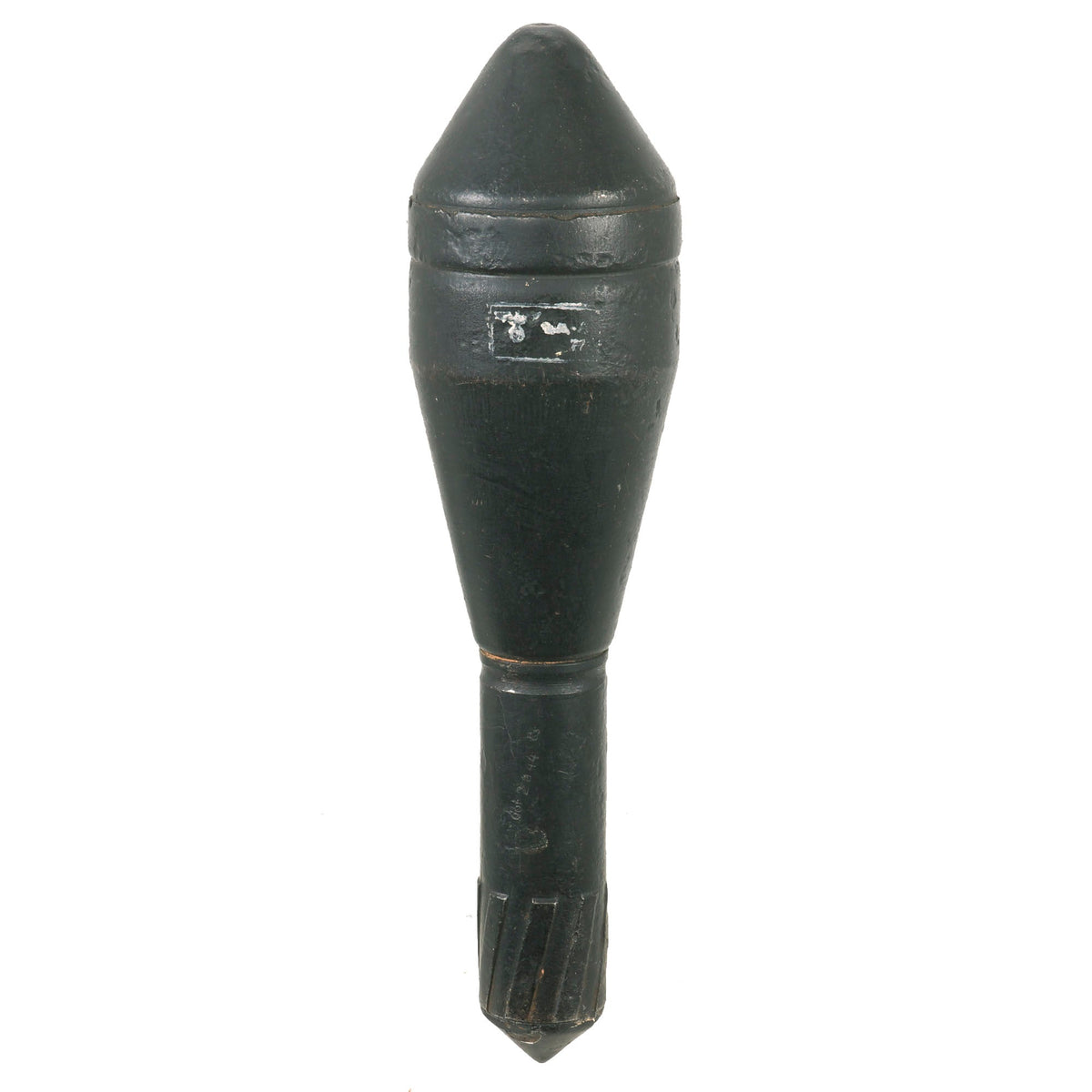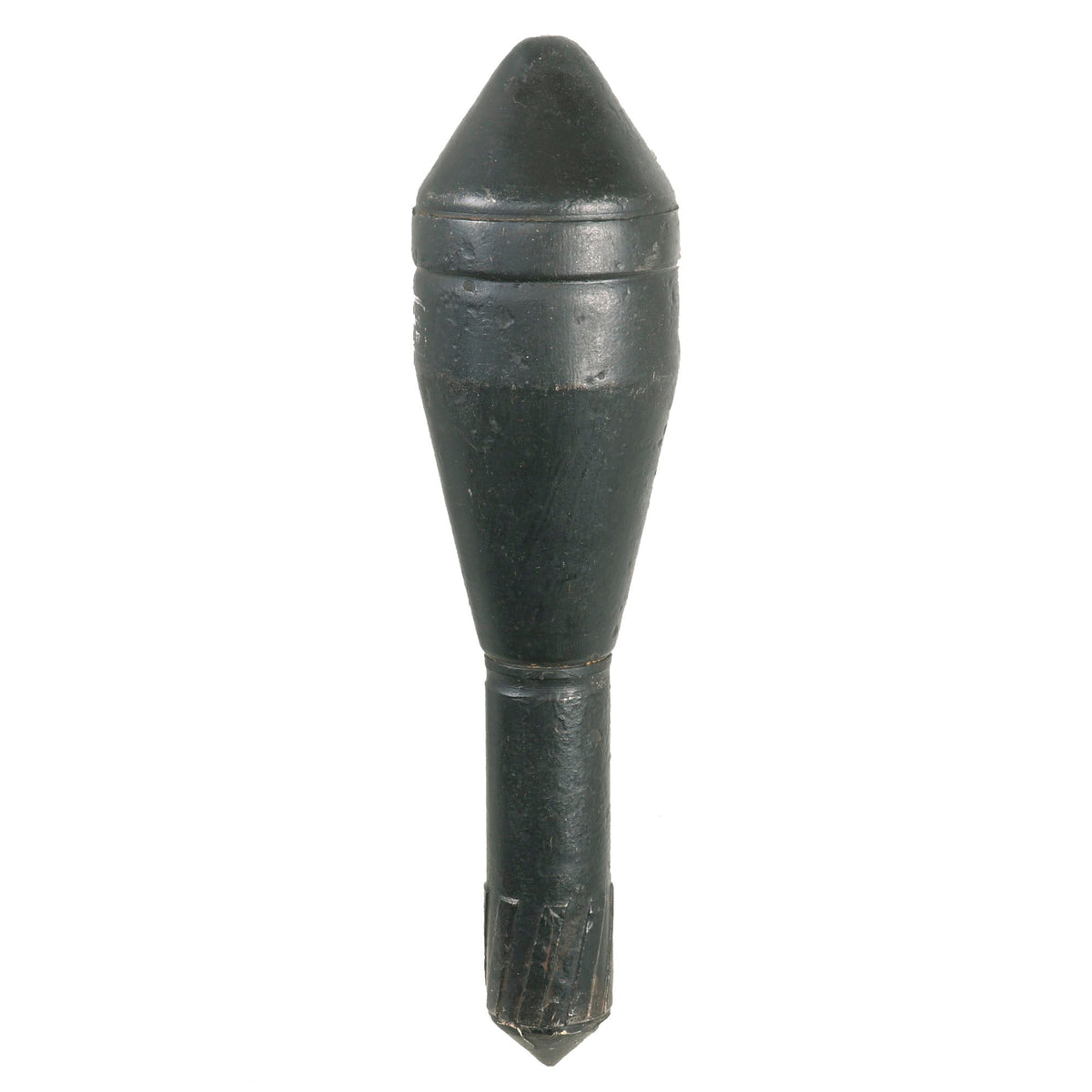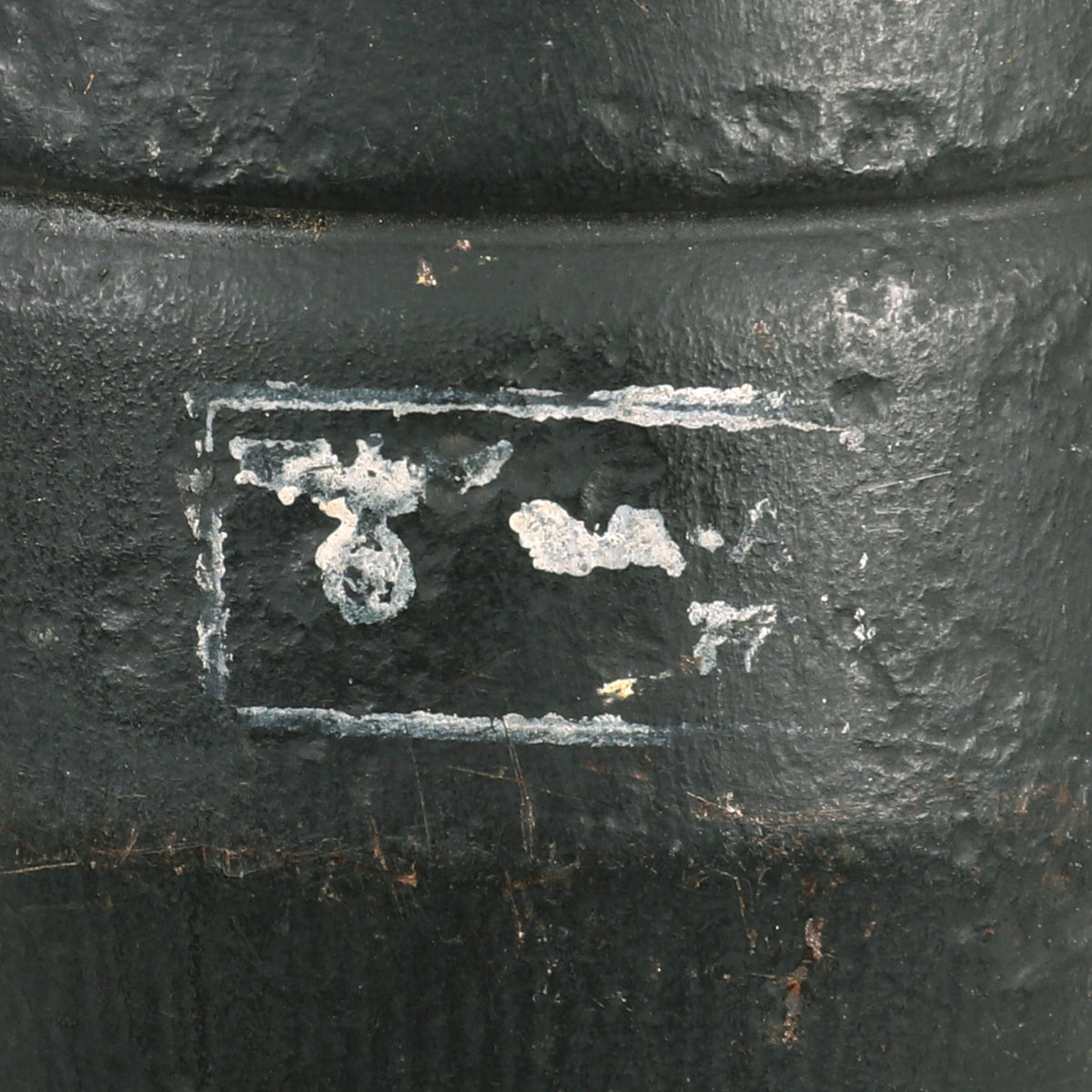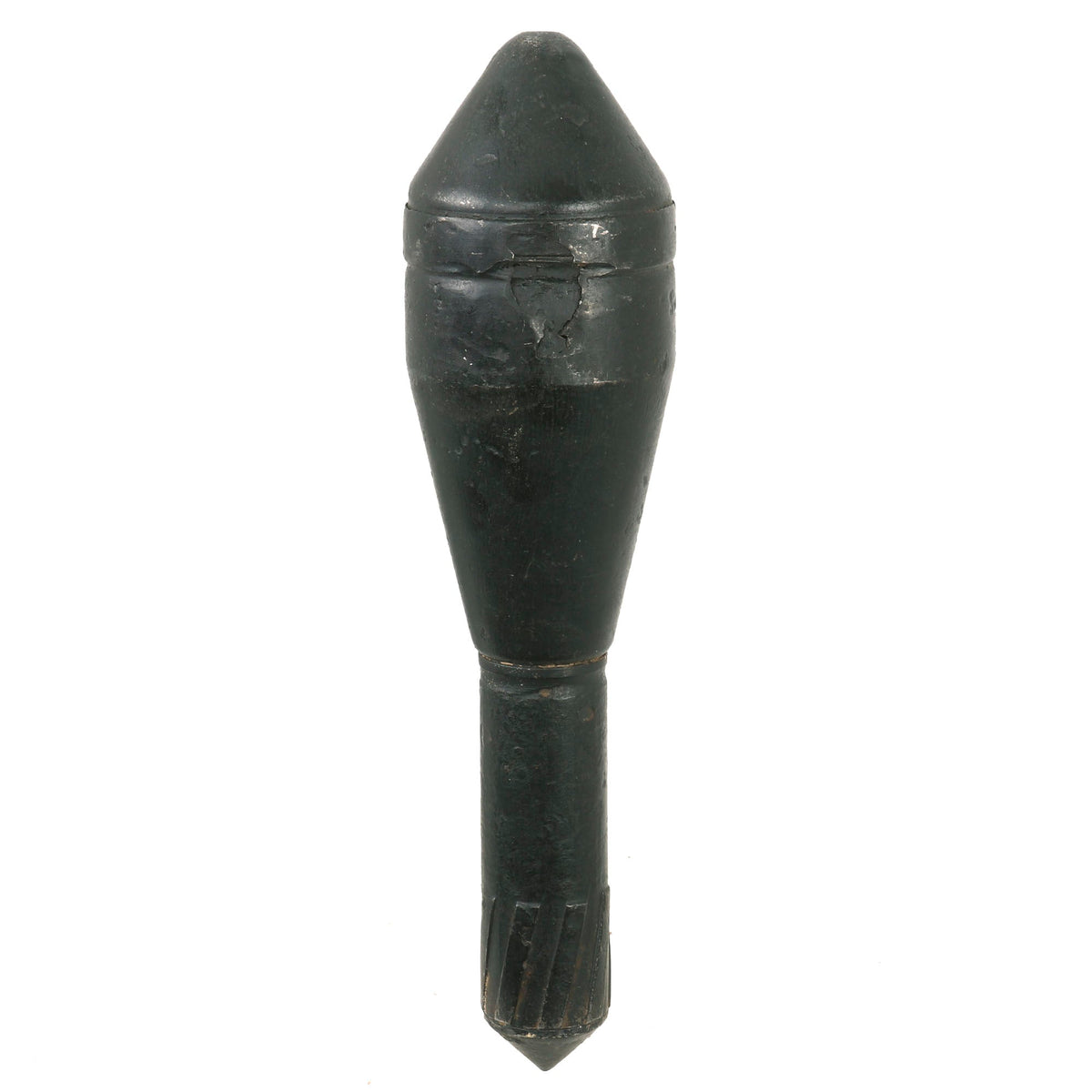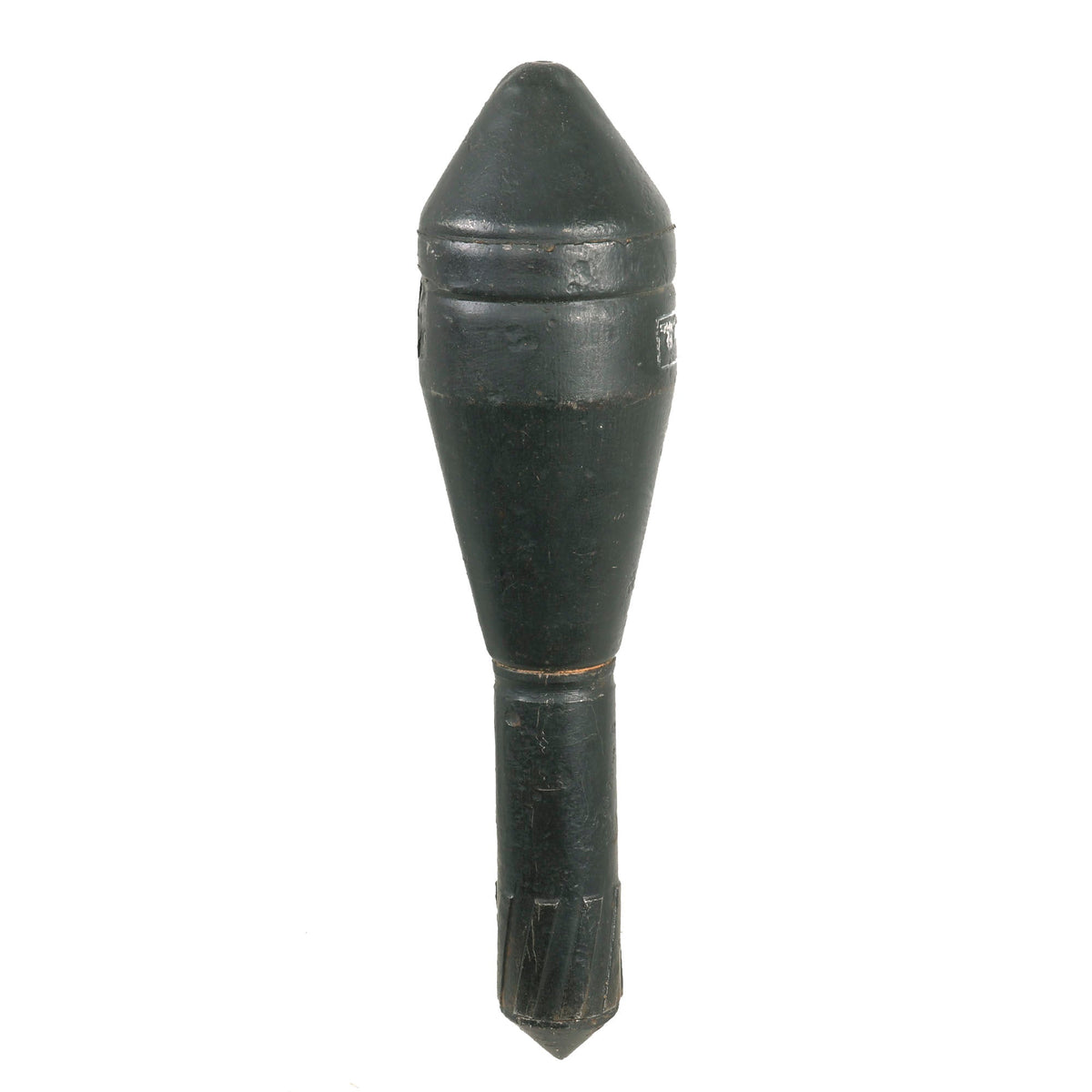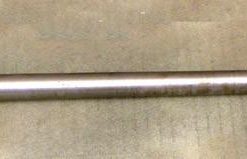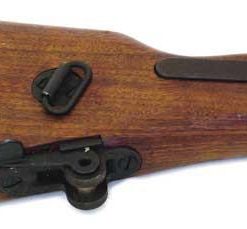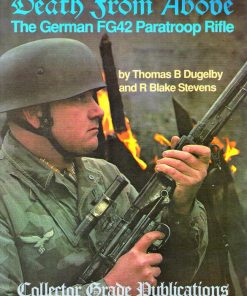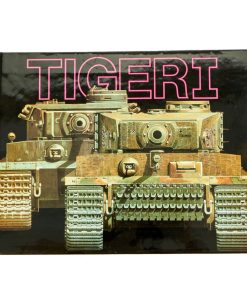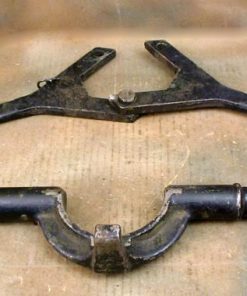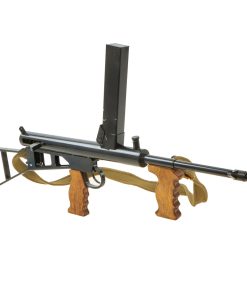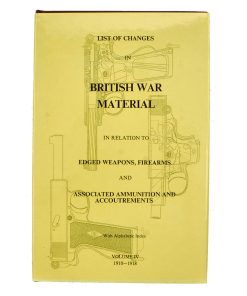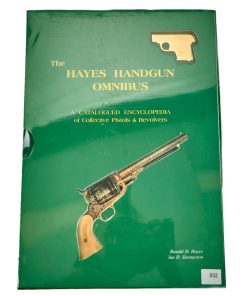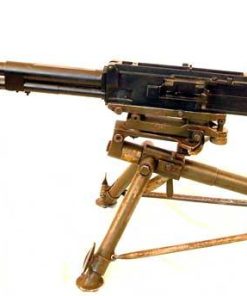Original German WWII Inert 98k Rifle Schießbecher Große Panzergranate 61 Shape Charged Rifle Grenade – As Used By The Waffen-SS Original Items
$ 495,00 $ 148,50
Original Item: Only One Available. This is a remarkable example of a WWII German Anti-Tank Rifle Grenade, used to penetrate 130 mm (5 in) of rolled homogeneous armor during the war. The grenade is completely harmless and devoid of any explosive content, making it safe for display purposes. This particular example adheres to the latest BATF guidelines on inert ordnance and is an excellent addition to any collection of historical military memorabilia.
Unloaded or dummy grenades, artillery shell casings, and similar devices, which are cut or drilled in an BATF-approved manner so that they cannot be used as ammunition components for destructive devices, are not considered NFA weapons. This example is in total compliance and is NOT AVAILABLE FOR EXPORT OR SHIPMENT TO CALIFORNIA ADDRESSES.
During World War II, the various branches of the German armed services were in competition with each other for limited resources, and the leadership of each branch often refused to cooperate with each other. This resulted in each branch developing its own procurement channels and even developing its own weapons, some of which were not compatible with each other. The Waffen-SS, as the military arm of the NSDAP Party, was forced to develop its own procurement channels as the army’s production resources were overextended. The Waffen-SS arms design office in Brno, Czechoslovakia, developed the Grosse Panzergranate 46 in 1943, followed by the Grosse Panzergranate 61 in 1944. Both were launched by a blank cartridge from the same Gewehrgranatengerät or Schiessbecher (“shooting cup”) used by the army. While they were compatible with army-shaped charge rifle grenades, their design and performance differed. As they were developed late in the war, both types were produced in limited quantities.
The grenade would be used with a propellant cartridge and Schießbecher (shooting cup) grenade launcher to direct the projectile. Unlike many grenade launchers, the German launcher had a short rifled barrel with a caliber of 30 mm, which engaged the rifling ridges on the bottom of the bakelite grenade housing. The spin was thought to result in a more regular trajectory.
This example is offered in very good condition, with the internal shape charge housing still intact inside the warhead, and a good amount of the original finish present. The steel base is intact, and a lovely color, with intact rifling grooves. Ready to display!
Fast Shipping with Professional Packaging
Thanks to our longstanding association with UPS FedEx DHL, and other major international carriers, we are able to provide a range of shipping options. Our warehouse staff is expertly trained and will wrap your products according to our exact and precise specifications. Prior to shipping, your goods will be thoroughly examined and securely secured. We ship to thousands clients each day across multiple countries. This shows how we're dedicated to be the largest retailer on the internet. Warehouses and distribution centres can be located throughout Europe as well as the USA.
Note: Orders with more than one item will be assigned a processing date depending on the item.
Before shipping before shipping, we'll conduct a thorough inspection of the items you have ordered. Today, the majority of orders will be delivered within 48 hours. The delivery time will be between 3-7 days.
Returns
The stock is dynamic and we cannot completely manage it because multiple stakeholders are involved, including our factory and warehouse. So the actual stock may alter at any time. It's possible that you may not receive your order once the order has been made.
Our policy is valid for a period of 30 days. If you don't receive the product within 30 days, we are not able to issue a refund or an exchange.
You can only return an item if it is unused and in the same state as the day you received it. You must have the item in its original packaging.
Related products
Uncategorized
Uncategorized
Uncategorized
Uncategorized
Australian WWII Owen MK1 Machine Carbine SMG Custom Fabricated Replica with Sling Original Items
Uncategorized
Uncategorized
Uncategorized
Uncategorized
Uncategorized
Uncategorized
Australian WWII Owen MK1 Machine Carbine SMG Custom Fabricated Replica with Sling Original Items
Uncategorized
Uncategorized
Uncategorized
Uncategorized
Uncategorized
